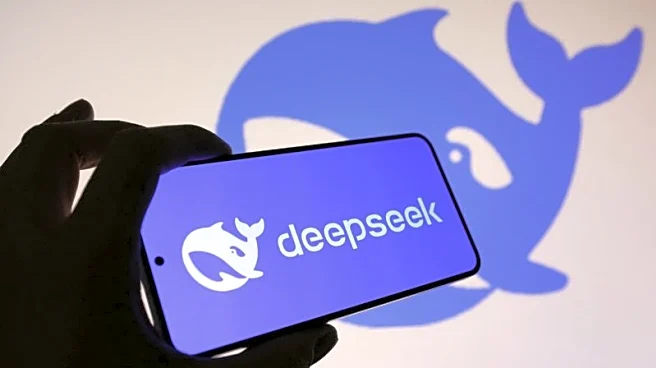What's Happening?
Liang Wenfeng, along with the DeepSeek team, has published a research paper on the DeepSeek-R1 inference model in Nature, marking a significant achievement in AI research. The paper reveals that the inference ability of large models can be stimulated solely through reinforcement learning, inspiring AI researchers worldwide. DeepSeek-R1 has become the most popular open-source inference model globally, with over 10.9 million downloads. The paper underwent peer review, filling a gap in the AI industry where many large models lack independent verification.
Why It's Important?
The publication of the DeepSeek-R1 paper in Nature represents a milestone in AI research, emphasizing transparency and reproducibility. Peer-reviewed publications help clarify how large models work and evaluate their performance against claims made by manufacturers. This development could set a precedent for other AI developers to submit their models for peer review, ensuring that their claims are verified and clarified. The recognition from Nature highlights the importance of scientific rigor and transparency in advancing AI technology.
Beyond the Headlines
The peer review process for the DeepSeek-R1 paper involved extensive evaluation by external experts, enhancing the credibility of the research. This process ensures that AI developers make reasonable arguments for their claims, improving the clarity and reliability of their work. As AI technology becomes increasingly popular, unverifiable claims from large model manufacturers may pose real risks to society. Peer review by independent researchers is an effective way to curb excessive hype in the AI industry.











